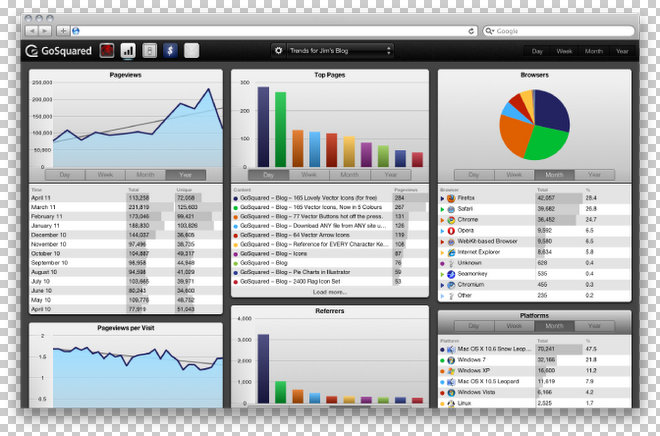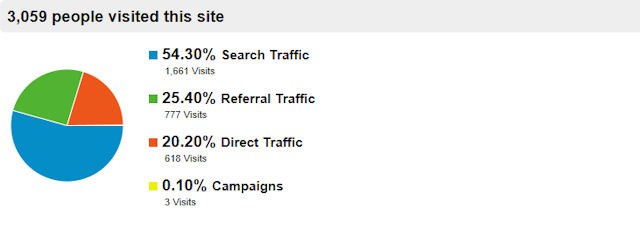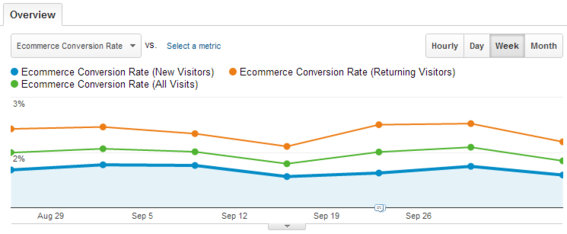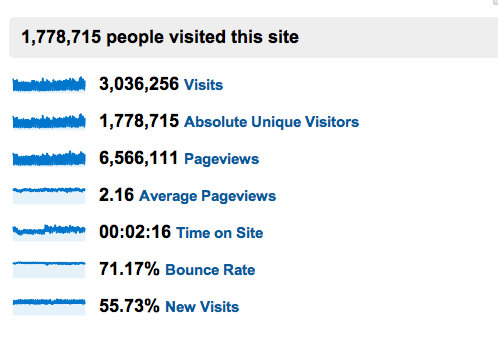Meaningful Metric Measurements for Your Online Store

It’s no secret that the Ashop blog has a vested interest in metric measurement. It’s a huge part of our online store creation platform. However, there’s a reason we built it that way. Learning what your business is currently capable of and where it’s losing ground is something that’s never before been available in such specificity. With the advent of metric measurement, it’s now possible to closely scrutinize customer habits and behavior to such a degree that a business owner can draw valuable insights and enact powerfully targeted marketing campaigns based thereupon.
However, it can get quite complex in very short order. You can track literally hundreds of different metrics, not all of which are created equal. This can end up crowding your dashboard and leaving you more confused than illuminated. Because metric measurement can be diversified to such a large degree, today’s post will focus only on the most important metric forms and functions which every ecommerce impresario should be assiduously observing.
Measuring Metrics is Important
This might be a no brainer for you if you’re already reading this post, but it’s worth briefly mentioning why exactly we choose to track the different data sets that make up our metrics. One thing that stands out pretty quickly, without metrics all you have to go on strategy-wise is your feelings. While this can be a very cathartic situation when it works out, it is more often very frustrating because it lacks grounding in real-world mathematical fact. The stark truth when it comes to marketing is data beats a gut feeling 100 times out of 99.
The difference between the two? Numbers don’t lie. They can mislead, but you can never draw the conclusion that 500 visitors to your site per day is greater than 501. Without the basic traffic measurement, you’re just guessing how many people came for a visit. This is a simplistic example, but it illustrates the overarching point: metric measurements are necessary because we have to base strategy around fact. Measuring metrics gives us more to work with than just cost and profit.
How to Best Use Metrics
As a rule, it’s smart to track everything, that way if you want to narrow down your results or filter them into specific and unique metrics you can. While it’s smart to have it all on record, you don’t necessarily need to review each metric with the same frequency or at the same level of detail. Doing so would almost certainly be a waste of time and effort.
Not all metrics are created equal, so you should learn to segment the ones that are most useful to you and your business. Tracking conversions for example is very useful, especially when combined with another filter like unique visitors. If you filter conversions with unique visitors, you can then compare that number to the total amount of each metric and find out how well you’re selling to your unique visitors as compared to return visitors.
If the number is abysmally low in comparison to the overall conversion rate amongst all of your visitors, then you know that the site isn’t as appealing to first time visitors and needs to be adjusted for a more universally appreciable experience. And don’t worry if some of these terms seem like jargon right now. We’ll be covering them in more depth below.
Which Metrics should I track?
Let’s start simple. It’s a good idea to know how much traffic you’re getting, but in isolation it doesn’t really give you many valuable insights. However, if you know how much traffic you’re getting, and where it’s coming from, these nameless numbers start to look a little more like customers. Traffic Sources are important metrics that allow you to view where your visitors are coming from. There are three types of traffic sources:
- Search traffic-measures how many of your visitors are finding your site through a search engine. This number can be improved through proper SEO (Search Engine Optimization) techniques, or through PPC (Pay Per Click) advertising.
- Referral traffic-measures the rate at which you’re receiving traffic that’s clicked through your content shared on social media, or from other outside sources. It’s often very difficult to increase this type of traffic, but it can be done through virality or the effectiveness of content.
- Direct traffic- measures the number of people who’ve typed your web address directly to their URL. More often than not, these are repeat customers, and they need to be converted to sales.
Armed with the knowledge of where your traffic is coming from you can better focus your advertising, and learn which of your sales funnels is the most profitable.

Another good metric to track is Visitor Conversion. This is the number of your visitors that are actually purchasing something from your online store. This metric is most useful when it’s segmented by new and returning visitors. This is because new and returning visitors have very different expectations of your site, as well as wildly varying behavioral habits.
You can use the visitor conversion rate to measure your landing page’s effectiveness. Is it visually appealing enough to keep a customer interested? Does it work well enough on a functional level, so as not to frustrate a visitor? If you’re lacking in either department a low new visitor conversion rate will let you know.
Returning visitors already like your site, but if they’re not converting you’re still missing something. You’re either not being valuable enough to convince them that they should buy your product, or perhaps your checkout system isn’t in an area of high visibility, and it’s easy for them to forget that you’re selling something.
The value you provide is key to converting return visitors. This goes back to your content strategy. Are you an informative resource for your customers? Does your site provide them with useful free content that serves as a hook to your conversions? You need to do your best to make your web page a helpful hand to your niche market.

The next metric measurement you’ll want to stay on top of is the Bounce Rate. It’s the amount of visitors who land on your page, only to navigate away in fairly short order. It’s frustrating to have a visitor’s attention for only a second and then have them immediately bounce away from your influence. What does this say about your site? Are you doing something terribly wrong?
It could be. You’re obviously grabbing traffic that doesn’t want what you’re selling, or that doesn’t think your site is professional/reputable/attractive enough to warrant a closer look. So this could be a design and functionality problem, but if you’re still getting a healthy number of conversions from new visitors, it could be that you’re improperly targeting keywords or some other aspect of your marketing plan.
A high bounce rate could mean that your visitors got to your site while looking for something completely different. Pay attention to which pages have high bounce rates, and examine the traffic sources among visitors who bounced. If they’re predominantly from search engines, you’ve probably improperly targeted a keyword. If they’re from direct or referral sources, you might just have an ugly or dysfunctional site.
Another similar metric measurement for you to observe would be your Exit Pages. These are the pages on your site where visitors are abandoning ship. For whatever reason you’re losing your grip on their attention in these specific areas, you need to figure out why and rectify the situation. Otherwise, you’ll continue to see all that potential revenue slip through your fingers.
Unique Visitors are the number of distinct individuals that visit your site. This does not include repeated visits from the same individual. Basically it means your new customers, well new visitors. They aren’t customers until they convert, but we can be hopeful, can’t we?
This is an invigorating statistic when you see an upward trend in its growth. It means that whatever you’re doing is working. However, if you aren’t attracting many new visitors, or if your growth is completely stagnant, then it’s time to revisit your content strategy and come up with some new ideas.

Search engine traffic usually accounts to a great deal of your site’s total visitors, and search engines index certain pages that are found to be useful or relevant to different search queries. The Indexed Pages metric lets you know which of your pages have been indexed by search engines. This information is very useful to you because you can find out where you need to work at increasing conversions. These indexed pages are drawing a lot of unique visitors into your site, so why not add in some CTA’S in order to drum up some sales?
You might also be interested in the total number of individuals you’re able to influence with all of your resources; meaning everyone in your customer database, with all of its contained sources: social media, email address, etc. In other words, the total number of people you can contact in one way or another. This metric is called your Reach. It’s good to know your reach because you know the absolute limit of what your company is capable of doing. You won’t convert anyone that’s outside of your reach, so if your goals outstrip your current reach, you know it’s time to broaden your efforts.
With these basic metric measurements you’ll be well armed to make valid judgments about your business and marketing model. This is by no means a comprehensive list, but it is a good start on your way to gaining a complete understanding of how your sales funnel functions, and where improvements need to be made. Join us next time for a few examples of some common mistakes people make with measuring metrics.














Comment(s)0